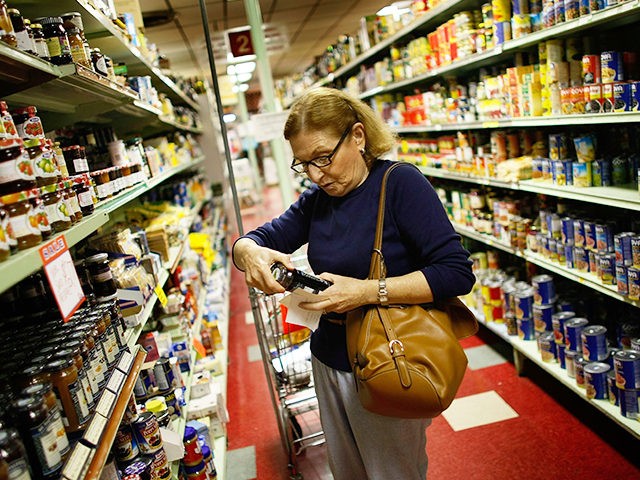We are on the verge of what will be the last report on the Consumer Price Index of the covid zero interest rate era. Last month, the Department of Labor said that prices were up 7.5 percent year over year in January, the biggest 12-month price jump since February 1982. The figures for February are likely to show even steeper prices increases. Analysts are expecting prices to be up 7.9 percent, the biggest jump since January of 1982.
There’s good reason to suspect inflation might be running even hotter than that. Last week, the government reported that employment grew by 678,000. In addition, the growth in December was revised up by 78,000 to 510,000, and the January figure was revised up by 14,000 to 467,000. Unemployment fell to 3.8 percent.
To put this in context, the February gain was six times the monthly average for the last few decades, according to Bank of America’s Ethan Harris. This kind of gain is made all the more extraordinary because it comes at a time when we are already at or near full employment. The number for average hours worked is rising at a 5.6 percent annualized rate, which compares to a 1.6 percent gain on average over the past decade.
While it is true that average wages were flat for the month, this is likely a compositional effect stemming from more lower-wage workers being put on payrolls. That drags down the average. Retail trade, for example, grew by 47,000 and is now over 100,000 jobs over the pre-pandemic February 2020 level. Leisure and hospitality, another source of lower-wage jobs, added 179,000 in February. It’s likely that adjusted for compositional effects, wages of many workers were rising for the month. And, obviously, everyone who goes from being unemployed to employed gets a pay raise now that we’ve done away with the pandemic era enhanced benefits.
All of this additional employment means a lot more spending power in the hands of American households. In an economy still suffering from supply constraints stretching from factory gates to ports to trucks to warehouses, that’s a recipe for higher prices. The regional Fed manufacturing surveys indicated widespread price hikes, as did the Fed’s beige book.
The Fed will meet next week and finally raise its interest rate target as part of its campaign to get serious about inflation. While Fed Chair Jerome Powell is sanguine about the Fed’s ability to bring inflation down without bringing the whole economy down with it, it’s hard to share his confidence. As economist Gary Shilling recently pointed out, the Fed’s 12 rate raising campaigns since the 1950s have resulted in 11 recessions. Maybe the thirteenth try will be luckier, but we would not bet on it.

COMMENTS
Please let us know if you're having issues with commenting.